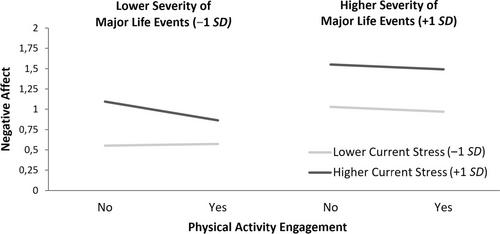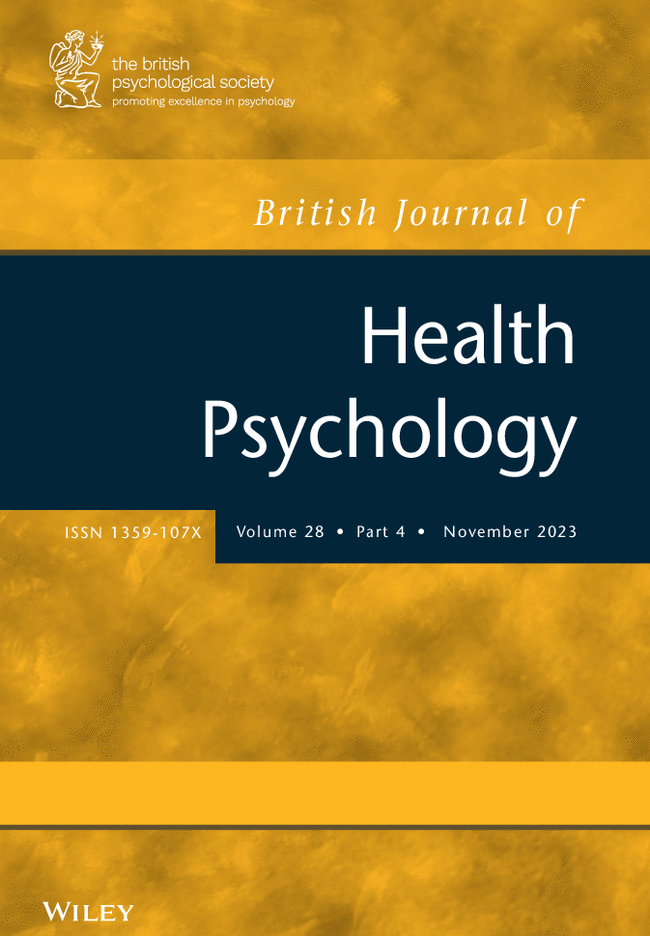Stress buffering after physical activity engagement: An experience sampling study
Abstract
Objectives
While encountering daily hassles is a normative experience, it poses a threat to individuals' daily affective well-being. However, physical activity engagement may help to reduce the current stress-related impact on affective well-being (i.e. stress buffering), which we investigate in this study. Furthermore, we examined the possible moderating role of people's global stress context (i.e. exposure to major life events and chronic stress) on this within-person stress-buffering effect.
Design
We approached these ideas using six-times-a-day experience sampling assessments over a period of 22 days.
Methods
Drawing on a broad national sample of 156 middle-aged adults from the EE-SOEP-IS study, we aimed to elucidate the naturally occurring within-person dynamics of current stress, physical activity engagement, and momentary affect within individuals' everyday lives. Major life events and chronic stress were measured as between-person variables.
Results
Multilevel analyses revealed significant within-person associations of current stress and physical activity engagement with momentary affect. Stress-related negative affect was lower when individuals engaged in physical activity, in accordance with the idea of a within-person stress-buffering effect of physical activity engagement. For individuals exposed to more severe major life events, the stress-buffering effect of physical activity engagement for negative affect was lower. Chronic stress did not moderate the within-person stress-buffering effect.
Conclusions
Overall, results add to the existing literature that links physical activity to increased stress resilience and emphasizes the need for taking the global between-person stress context into account.


 求助内容:
求助内容: 应助结果提醒方式:
应助结果提醒方式:


